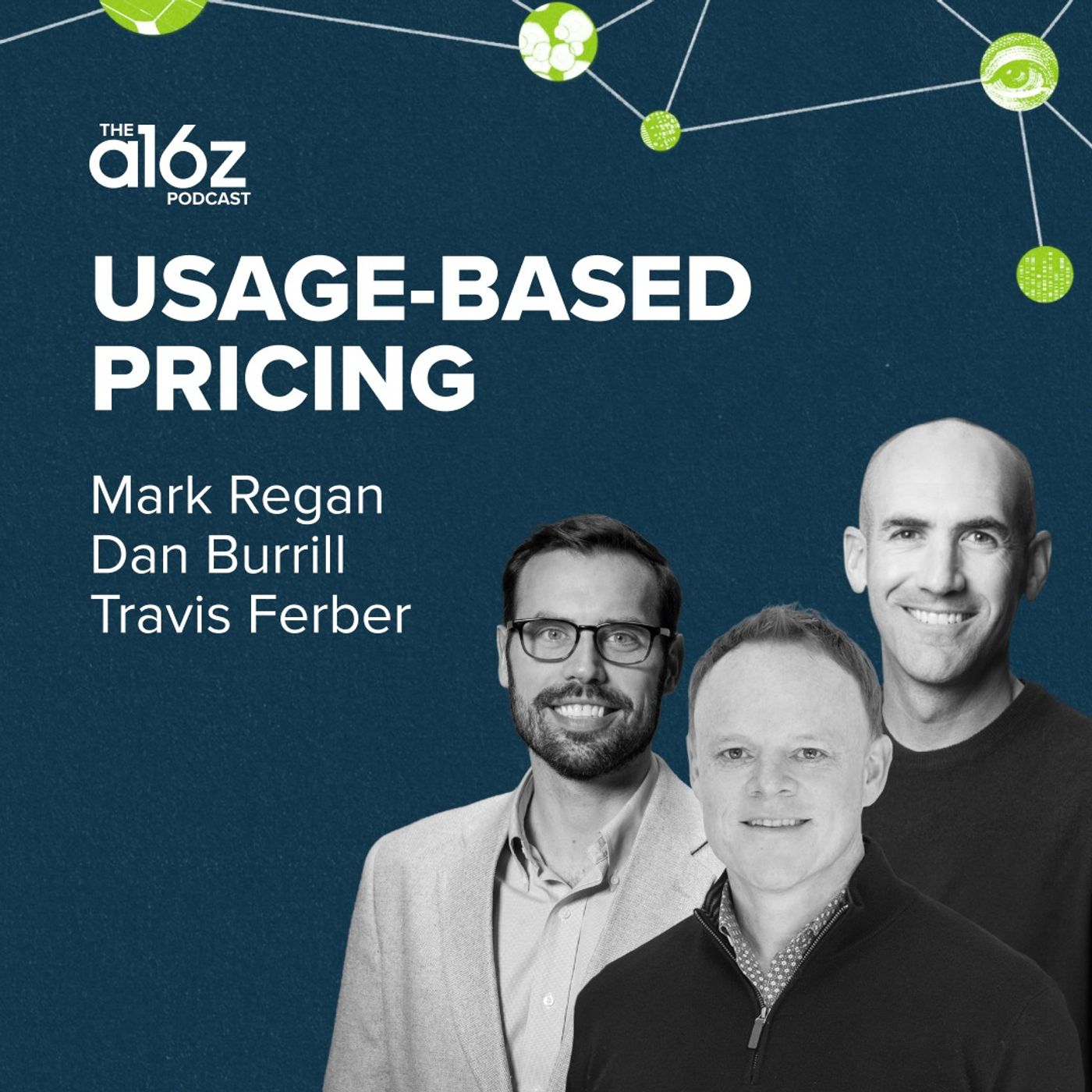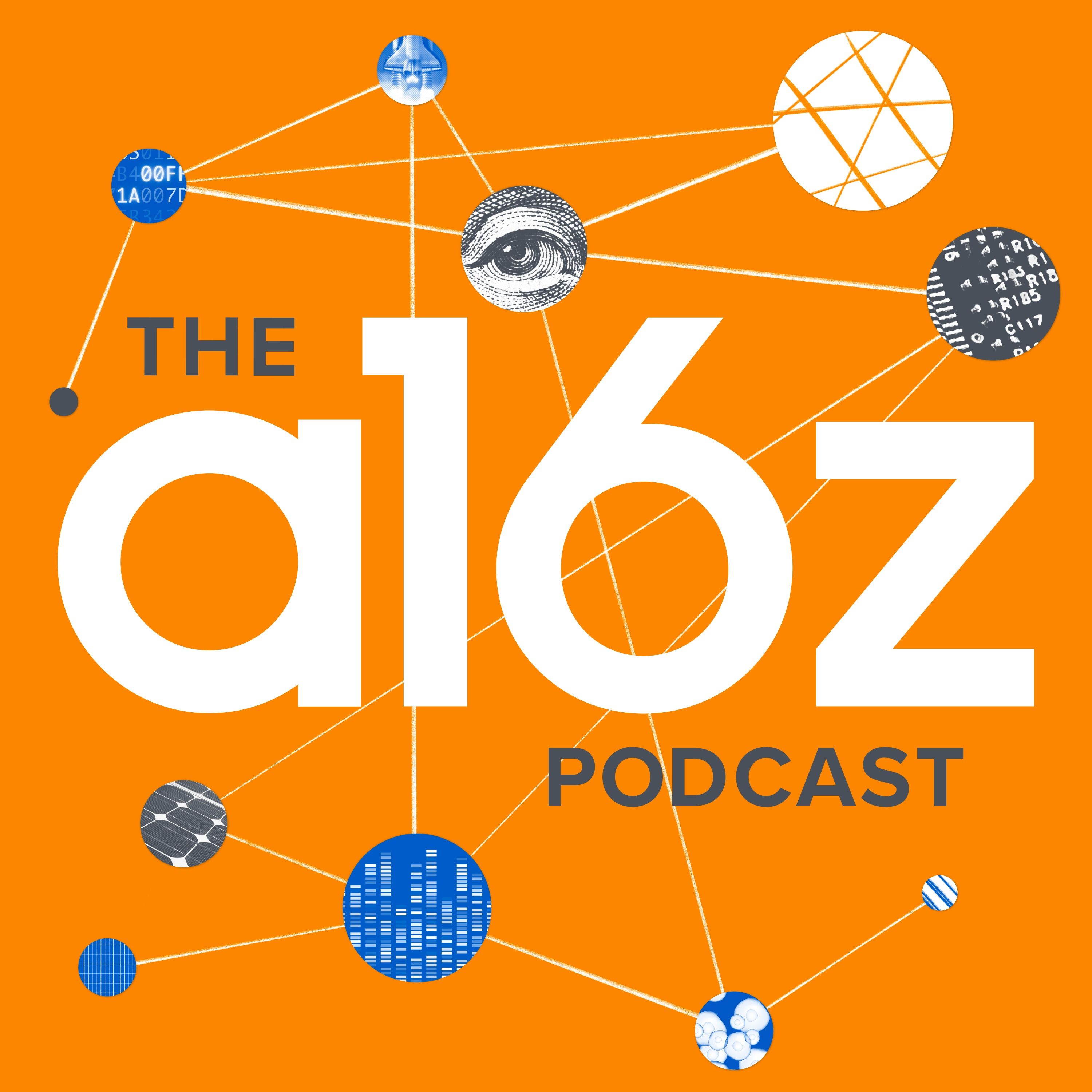
Predicting Revenue in Usage-based Pricing

a16z Podcast
Deep Dive
- Usage-based pricing allows customers to pay for what they use, tying value directly to the product.
- It helps customers experience the product without a large upfront investment, fostering stronger relationships over time.
- Usage-based pricing forces companies to continuously think about customer success, aligning the entire organization around customer value.
Shownotes Transcript
Over the past decade, usage-based pricing has soared in popularity. Why? Because it aligns cost with value, letting customers pay only for what they use. But, that flexibility is not without issues - especially when it comes to predicting revenue. Fortunately, with the right process and infrastructure, your usage-based revenue can become more predictable than the traditional seat-based SaaS model.
In this episode from the a16z Growth team, Fivetran’s VP of Strategy and Operations Travis Ferber and Alchemy’s Head of Sales Dan Burrill join a16z Growth’s Revenue Operations Partner Mark Regan. Together, they discuss the art of generating reliable usage-based revenue. They share tips for avoiding common pitfalls when implementing this pricing model - including how to nail sales forecasting, adopting the best tools to track usage, and deal with the initial lack of customer data.
Resources:
Learn more about pricing, packaging, and monetization strategies: a16z.com/pricing-packaging
Find Dan on Twitter: https://twitter.com/BurrillDaniel
Find Travis on LinkedIn: https://www.linkedin.com/in/travisferber
Find Mark on LinkedIn: https://www.linkedin.com/in/mregan178
Stay Updated:
Let us know what you think: https://ratethispodcast.com/a16z)
Find a16z on Twitter: https://twitter.com/a16z)
Find a16z on LinkedIn: https://www.linkedin.com/company/a16z)
Subscribe on your favorite podcast app: https://a16z.simplecast.com/)
Follow our host: https://twitter.com/stephsmithio)
Please note that the content here is for informational purposes only; should NOT be taken as legal, business, tax, or investment advice or be used to evaluate any investment or security; and is not directed at any investors or potential investors in any a16z fund. a16z and its affiliates may maintain investments in the companies discussed. For more details please see a16z.com/disclosures.